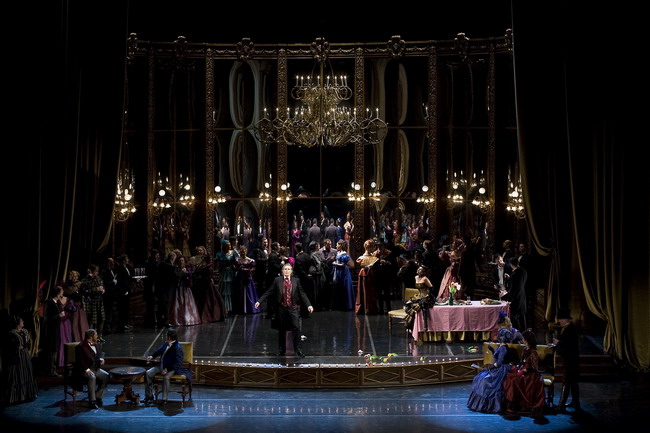
She can sleep five but is small enough and efficiently rigged to single hand double-enders have a great reputation offshore, the ketch rig gives options for sail combinations, tiller steering keeps it simple, and altogether the design is a very solid offshore cruiser. As soon as I read about her, I knew she was the boat I was going to build. We are documenting every aspect of the build as we go.

Once she’s launched, we intend to take her to the most far-flung corners of the world. Atkin calls this design Ingrid (when marconi-rigged) and Stormy Petrel (when gaff-rigged) and our boat will be named Arabella. That was exactly what I was looking for! The really remote corners of the world call the loudest to me, and Ingrid not only seems like a boat that could take Alix, me, and our friends there and back, but it’d be a boat that would enjoy doing so. W e are building a 38’ wooden sailboat designed in 1934 by William Atkin. She can be depended upon to sail herself. She is the kind of boat that behaves in rough water. She has all the characteristics usually associated with seagoing ability. It's going to be one heck of an adventure and we would love to have you along.El vi. Neither of them were quite right though, then I read about Ingrid. We are building a 38 foot wooden sailboat from scratch in our back yard. The Eric and Vixen both had great appeal, and Eric was the boat that won the first Golden Globe Race! Clearly, the seaworthiness of the design was well proven. Large enough to house a few friends but small enough to single hand was also a big consideration. With the plan to voyage and live aboard, a boat that would be sea kindly and able to capably haul gear and provisions would be very important as well. Having never built a boat before, choosing something straight forward with modest shape and decently sized scantlings would make the build easier to achieve. Videos and information about the tender’s build will be presented on both channels.After a lot of reading and research, I ended up on the Atkin website and really loved their tagline: "Individualized Designs for Unregimented Yachtsmen." That sure described me! After a bit more digging and reading I came to learn that Atkin’s hometown was relatively local (in Connecticut) and that his designs have a very good reputation as solid, safe vessels that are detailed with the home builder in mind-a crucial detail. Be sure to subscribe to The Art of Boat Building and Acorn to Arabella channels to follow both boat building journeys.

See what he learns about its application with epoxy resin. Next, he temporarily clamps everything together and dry fits the bulkheads in place. This will ensure a smooth surface and help remove any amine blush. Bob also uses Peel Ply Release Fabric for the first time. This will give them some added reinforcement and abrasion resistance. Next, Bob applies epoxy to the inside of the daggerboard trunk as well as the inside of the bulkheads that form the center seat inside the daggerboard trunks are also going to get a layer of 6 oz fiberglass cloth.

Once this process is complete and all the panels ready, Bob needs to get the bulkheads placed inside the boat and get them fitted so he can cut out the curve. He then uses TotalFair Epoxy Fairing Compound to fill any of the voids or holes that had been left in the planks.

After picking out the wood from his planking stock, he preps the boards, glues them together and cuts the daggerboard trunk sides down to 12”x12”. Bob visited the Acorn crew over the summer to pick up the usable material salvaged from Victoria that will soon become Arabella’s tender.īob begins working on the two bulkheads that will hold the center seat and the daggerboard trunk. He got her knowing she was going to be a parts boat but it was still the first boat they ever owned, so it is bittersweet for them to take her apart and keep her legacy alive in these new builds. Many years ago, Steve had purchased his first wooden boat, Victoria. Steve Denette started as an amateur boat builder, building a 38’ wooden boat in his backyard from the ground up.
ACORN TO ARABELLA YOUTUBE HOW TO
And in today’s video, Bob shows how to make and fit the custom bulkheads!Īcorn to Arabella is a wooden sailboat building project taking place in Granby, Massachusetts. In a collaboration with fellow YouTuber, Steve Denette, of channel Acorn To Arabella, Bob will redesign a William Atkins sailing dinghy. He has been given the pleasure to build the 9’ tender for her mother ship, Arabella. Bob Emser from The Art of Boat Building introduces us to a new boat build.


 0 kommentar(er)
0 kommentar(er)
